Archives
- 2025-12
- 2025-11
- 2025-10
- 2025-09
- 2025-03
- 2025-02
- 2025-01
- 2024-12
- 2024-11
- 2024-10
- 2024-09
- 2024-08
- 2024-07
- 2024-06
- 2024-05
- 2024-04
- 2024-03
- 2024-02
- 2024-01
- 2023-12
- 2023-11
- 2023-10
- 2023-09
- 2023-08
- 2023-07
- 2023-06
- 2023-05
- 2023-04
- 2023-03
- 2023-02
- 2023-01
- 2022-12
- 2022-11
- 2022-10
- 2022-09
- 2022-08
- 2022-07
- 2022-06
- 2022-05
- 2022-04
- 2022-03
- 2022-02
- 2022-01
- 2021-12
- 2021-11
- 2021-10
- 2021-09
- 2021-08
- 2021-07
- 2021-06
- 2021-05
- 2021-04
- 2021-03
- 2021-02
- 2021-01
- 2020-12
- 2020-11
- 2020-10
- 2020-09
- 2020-08
- 2020-07
- 2020-06
- 2020-05
- 2020-04
- 2020-03
- 2020-02
- 2020-01
- 2019-12
- 2019-11
- 2019-10
- 2019-09
- 2019-08
- 2019-07
- 2019-06
- 2019-05
- 2019-04
- 2018-11
- 2018-10
- 2018-07
-
br an anaerobic gram positive spore
2021-04-15
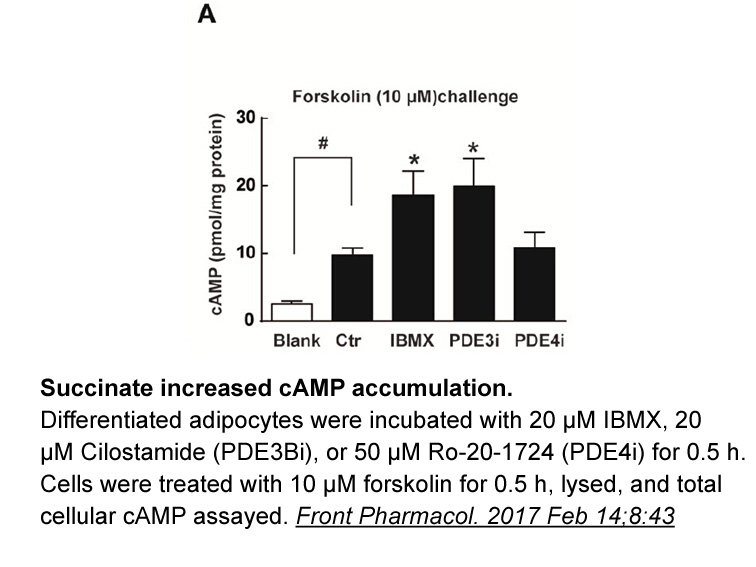
, an Gramine australia gram-positive, spore-forming bacterium that can induce fatal intestinal inflammatory disease, is the most prevalent cause of antibiotic-associated diarrhea and pseudomembranous colitis in nosocomial settings. Two exotoxins, toxin A (TcdA) and toxin B (TcdB), secreted by the
-
Previously published results on this topic are inconsistent
2021-04-15
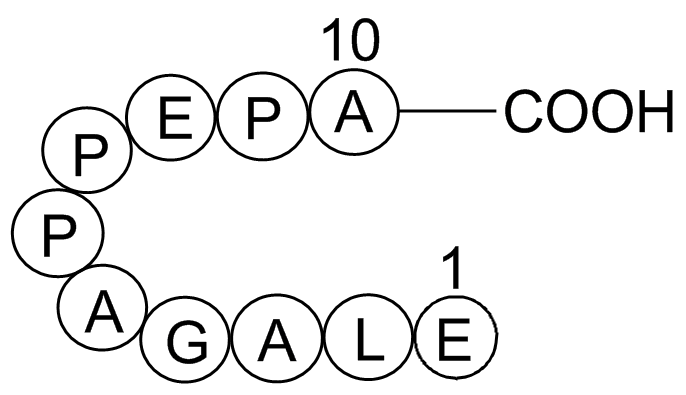
Previously published results on this topic are inconsistent. Stressin1-A, a novel CRF1 receptor agonist, increased anxiety-like behavior in the social interaction and shock-probe tests [51]. Pharmacological blockade of CRF1 (NBI-30775) reversed both CRF-induced increases in startle and CRF-induced d
-
Antioxidants such as SFN have been proposed to be chemopreve
2021-04-15
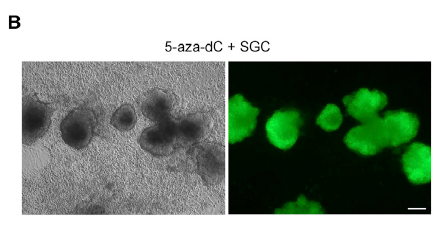
Antioxidants such as SFN have been proposed to be chemopreventive agents to inhibit, delay or reverse the development of cancer (Bayat Mokhtari et al., 2018). SFN was shown in breast epithelial cell culture to suppress oxidative metabolism of E2/E1 and thus protect against estrogen-mediated DNA dama
-
Moreover as shown in Fig f
2021-04-15
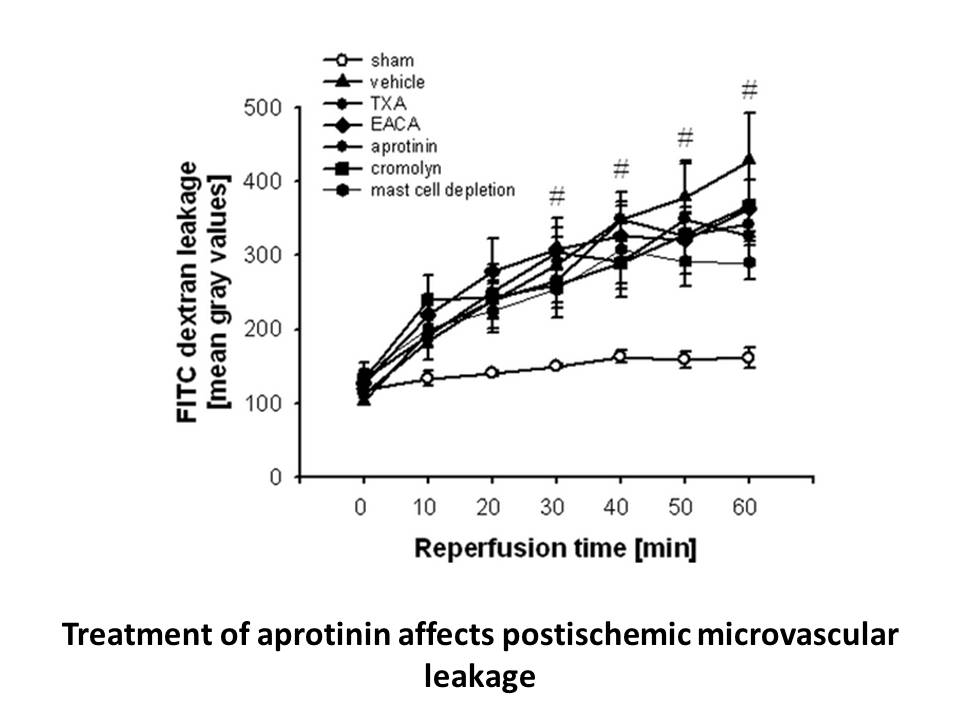
Moreover, as shown in Fig. 5f, while the knockdown of SMURF2 in wild-type UCB 35625 sale has no significant effect on HSP27, in CK2α/α′(−/−) cells it leads to an increase of HSP27 level. These results suggest that SMURF2 affects HSP27 protein stability only when overexpressed, at least in our cell
-
Data on optimal hormone formulations routes of administratio
2021-04-15

Data on optimal hormone formulations, routes of administration, doses and duration of hormone use in young women with POF are lacking (Box 1). Transdermal Creatinine synthesis administration, which avoids the first-pass hepatic circulation and the increase in inflammatory markers such as C-reactive
-
Case report The patient was referred to the
2021-04-15
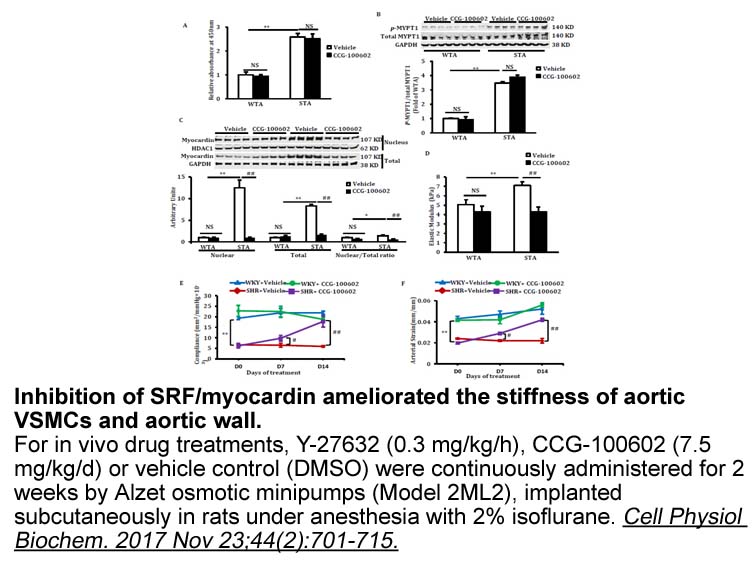
Case report The patient was referred to the oral and maxillofacial department at the authors’ institution for further evaluation and treatment. The patient underwent tumor resection with left hemi-mandibulectomy with wide bony margins (Fig. 1A), and mandible reconstruction with fibula free flap and
-
To our knowledge immunohistochemical analysis for proGRP was
2021-04-15
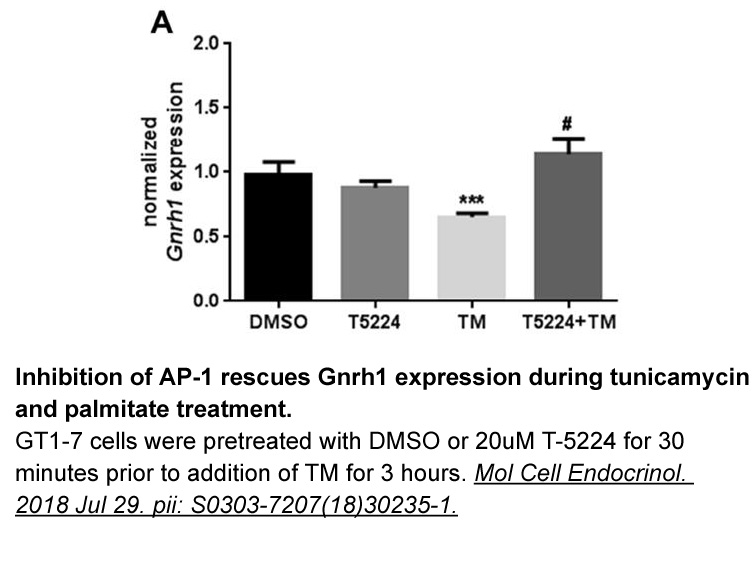
To our knowledge, immunohistochemical analysis for proGRP was done in 5 cases [9], [10], [17], [18]. Takagi-Takahashi et al. reported that the tumor hqn australia were positive for proGRP in one case [9]. Yamaguchi et al. also showed that tumor cells in two patients of ES/PNET with elevated serum pr
-
Enlarging the ligand binding pocket by reduction of the
2021-04-15

Enlarging the ligand-binding pocket by reduction of the size of the residue F435 switched DES to an agonist indicating that F435 is involved in mediating the antagonistic effect of DES (Fig. 7E) [13]. The conformation of the smaller side chain of L435 was either not altered by DES or was too small t
-
Hinokitiol has versatile abilities as anticancer antimicrobi
2021-04-15
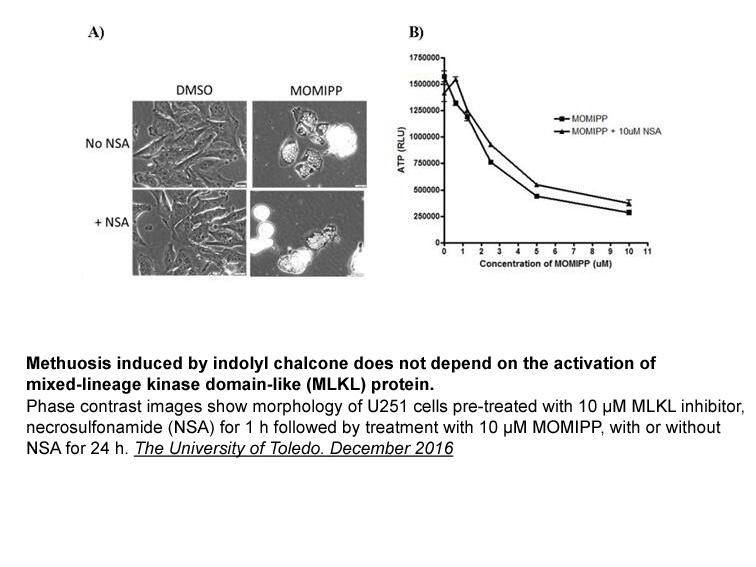
Hinokitiol has versatile abilities as anticancer, antimicrobial and molecule transport agents and appears to have no developmental toxicity or carcinogenic effects (Imai et al., 2006b). For anticancer activities, it causes apoptosis and diacylglycerol kinase arrest in many different types of cancer
-
br Funding This work was supported by
2021-04-15
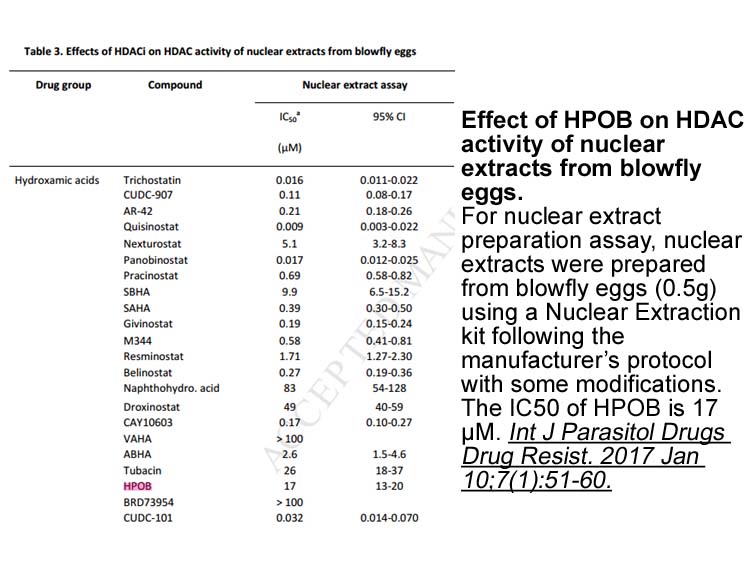
Funding This work was supported by intramural funding of the Department of Internal Medicine I-Cardiology, University Hospital Aachen, RWTH Aachen. Acknowledgments Introduction Cyclic adenosine monophosphate (cAMP) is a central second messenger that controls a plethora of vital functions.
-
The activity of cysteine endopeptidases
2021-04-15
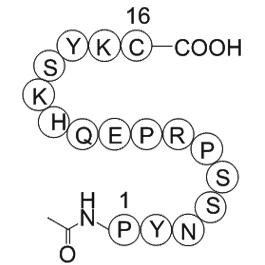
The activity of cysteine endopeptidases involved in the germination of caryopses is generally regulated at two levels: the hormonal induction of synthesis by gibberellins (Drzymała et al., 2008) and a putative regulation of activity by phytocystatines (Kiyosaki et al., 2007, Martinez et al., 2009),
-
Some antioxidants including N acetylcysteine and SOD
2021-04-15
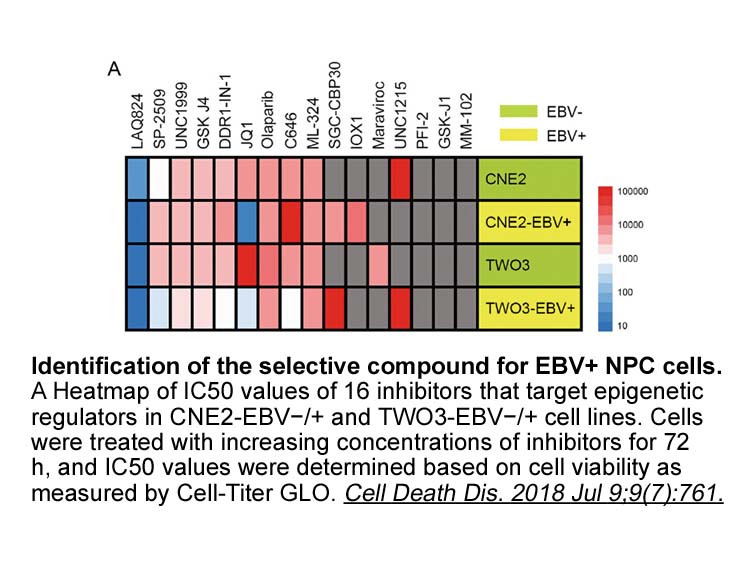
Some antioxidants, including N-acetylcysteine and SOD, have been shown to decrease collagen deposition and protect the lungs in various animal models and even in clinical trials (Chan et al., 2013, Loomis-King et al., 2013, Rafii et al., 2013, Teixeira et al., 2008, Wang et al., 2013). Bleomycin-ind
-
Immunofluorescence assays were performed to localize the
2021-04-14
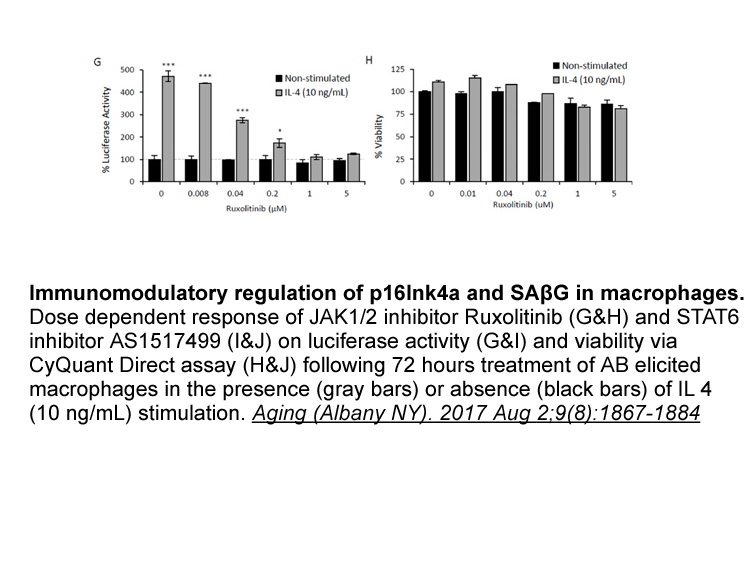
Immunofluorescence assays were performed to localize the enzyme during growth and differentiation to further characterize Giardia E1. As stated before, the assays showed that the VPS34-IN1 generated recognized specific E1 forms (E1-114, E1-90 and E1-67 with anti-gNTE1; and E1-47 with anti-gE1CT); th
-
Consistent with a clear separation of biological function
2021-04-14
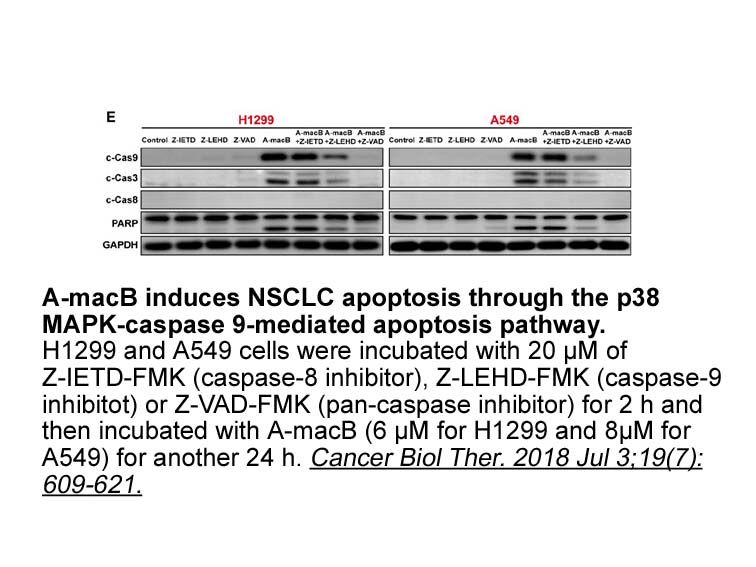
Consistent with a clear separation of biological function between ARISC and BRISC in cells, mutations in BRCC36 and Abraxas are prevalent in cancer genomes whereas mutations in KIAA0157 are rare. A survey of the Catalogue of Somatic Mutations in Cancer (COSMIC) consortium, revealed that to date, 37
-
DNA methylation assay To test the biological activity
2021-04-14
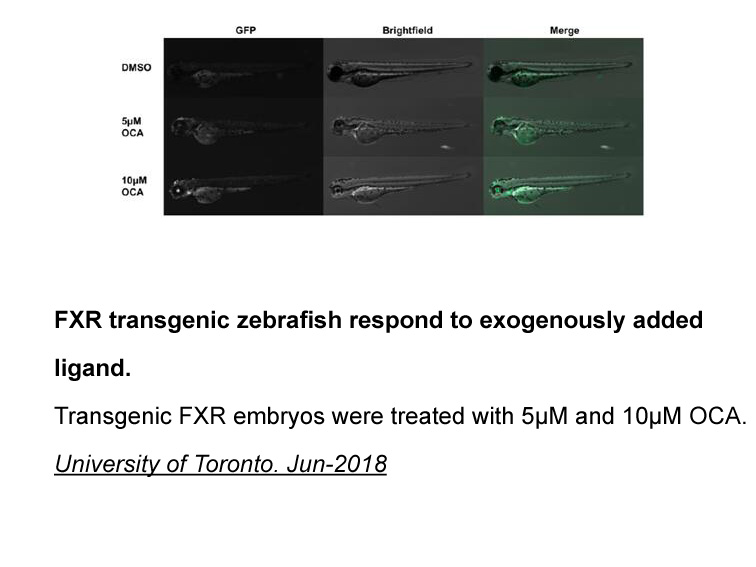
DNA methylation assay. To test the biological activity of purified A1S_0222, a methylation assay was performed using the Int1 DNA. As an alternative DNA substrate, Seq3 (located in gene A1S_0965 of A. baumannii ATCC 17978) was amplified from Acinetobacter baumannii 29D2 using the oligonucleotides Se
16309 records 696/1088 page Previous Next First page 上5页 696697698699700 下5页 Last page